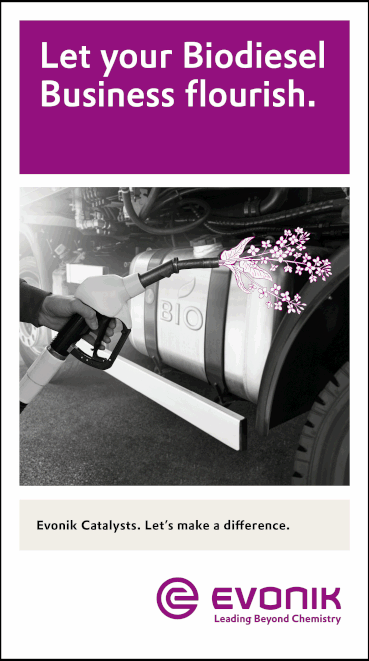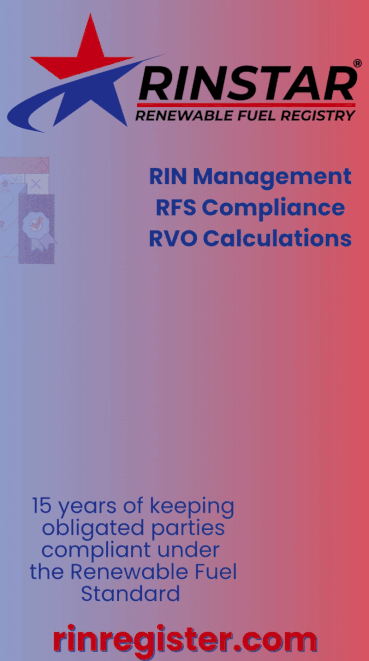MOL Group to implement green hydrogen at refinery coprocessing renewable diesel
- Ron Kotrba

- Apr 27, 2022
- 2 min read

Hungary-based international oil and gas company MOL Group has teamed up with Plug Power Inc. to build what the companies say will be one of Europe’s largest-capacity green hydrogen production facilities at MOL Group’s Danube Refinery in Százhalombatta, Hungary. Green hydrogen will reduce the carbon footprint of refinery operations. MOL Group began coprocessing renewable diesel at the Danube Refinery last year. The company is also a joint-venture partner in Rossi Biofuel, which recently opened a new biodiesel plant in Hungary utilizing Austria-based BDI-BioEnergy International’s novel RepCat process technology.
MOL Group’s new green-hydrogen facility at the Danube Refinery will cost 22 million euros (USD$23.2 million) and will use a 10-megawatt (MW) electrolysis unit from Plug Power to produce approximately 1,600 tons of carbon-neutral green hydrogen per year. According to MOL Group, this will remove up to 25,000 metric tons of carbon dioxide by displacing the currently used natural gas-based production process.
“As this process represents one-sixth of the carbon dioxide emissions of MOL Group, this investment supports MOL’s carbon-neutrality goals and will contribute to energy independence for the region,” MOL Group stated. “Once operational in 2023, MOL will use the green hydrogen in its Danube Refinery during fuel production of its own hydrogen system. It will be incorporated into the molecules of MOL fuels, lowering the carbon outputs from the production technology and the final product.”
Andy Marsh, CEO of Plug, said, “Green hydrogen addresses two critical issues facing humanity: climate change and energy independence. And our opportunities seem limitless to support the trend to pull green hydrogen into more traditional industrial hydrogen markets throughout the world.”
The Plug equipment uses renewable electricity to split water into oxygen and hydrogen gas via electrolysis. By producing 1 ton of hydrogen, 8 to 9 tons of pure oxygen are also produced by the equipment, saving nearly 10,000 tons of natural-gas consumption in the process, according to MOL Group.
MOL Group is targeting carbon-neutral operations by 2050.


































